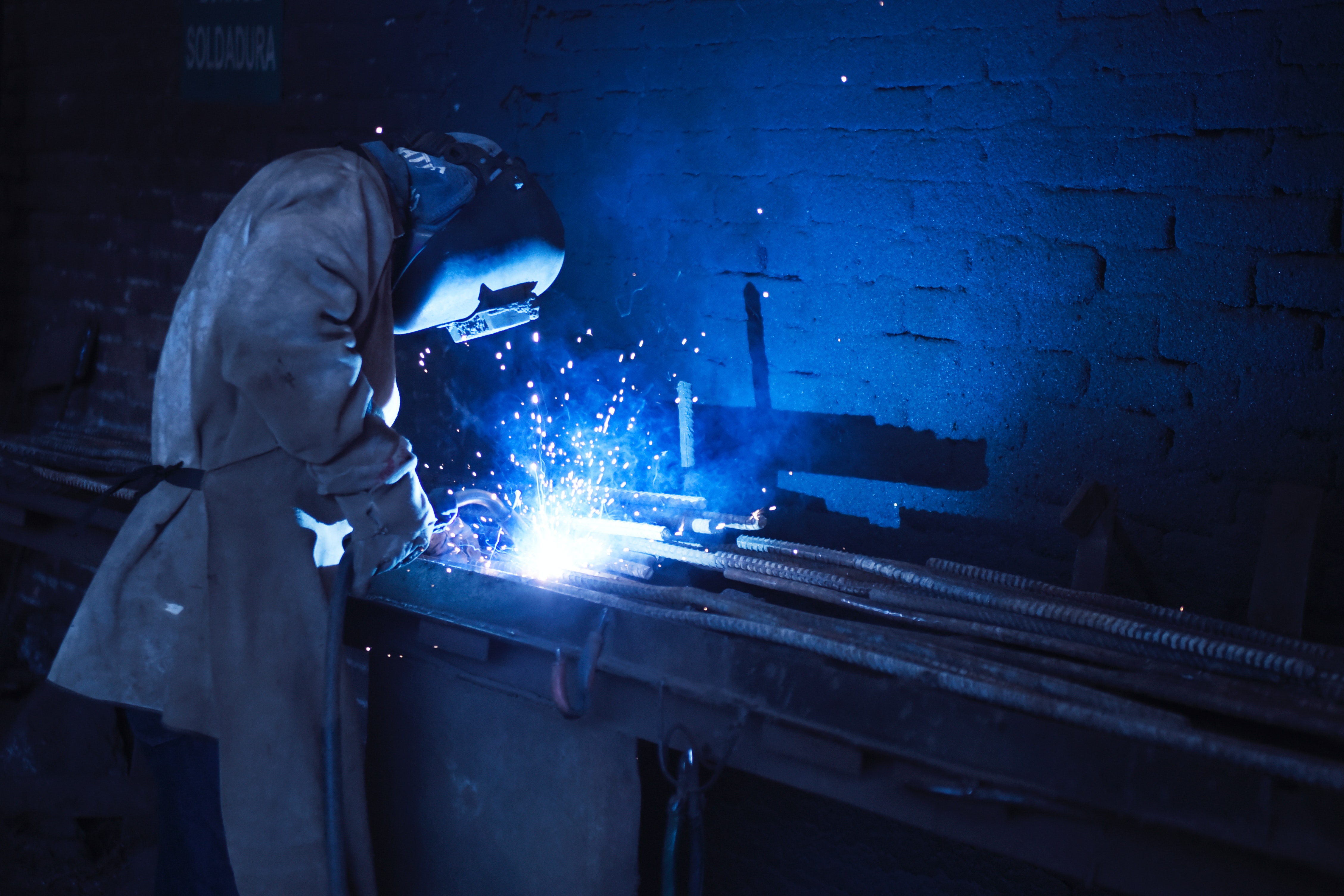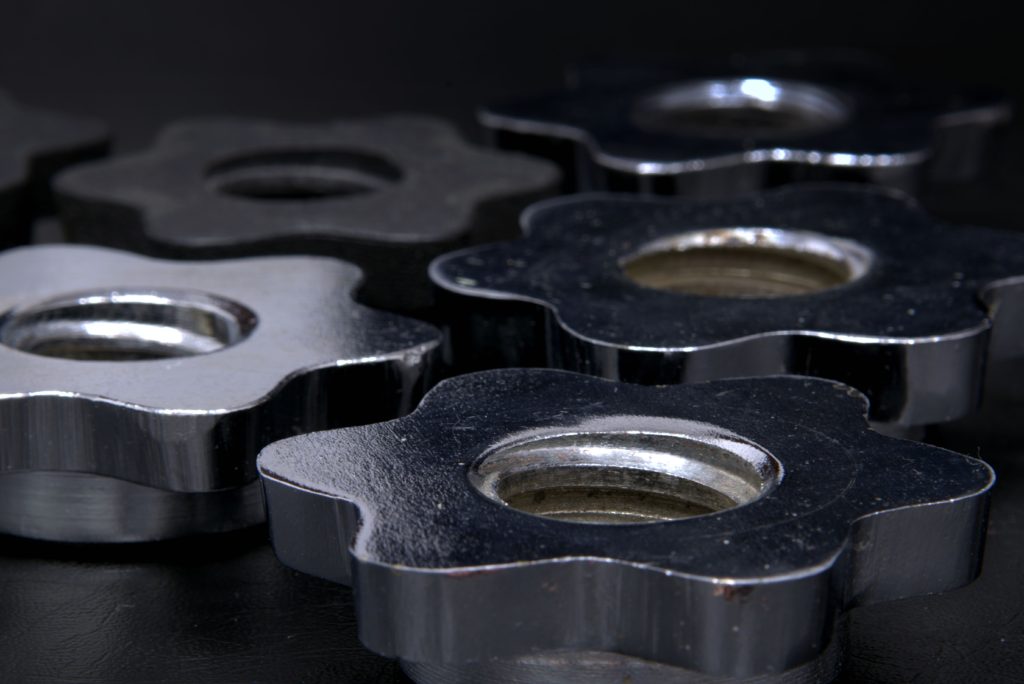
Steel is one of the most commendable and useful materials, and its strength and durability make it an integral part of our everyday lives. Steel, however, cannot be what it is known for without its necessary component—iron.
Iron in steelmaking
Iron is one of the most available and obtainable elements on Earth, making up almost 5% of its crust by weight. It’s also one of the most abundant and vital materials used in steelmaking.
Steelmaking involves heating the iron and other elements together in a furnace called a blast furnace. During this process, carbon adds to the mix, which causes the iron atoms to rearrange themselves into thin layers with an interlocked molecular structure that makes steel stronger. After it’s been heated and cooled, steel can be rolled or shaped into different products for use in construction and manufacturing.
The exact composition of steel varies depending on its intended use. Still, typically it contains 85% to 99% iron, with the remainder being a combination of these other elements such as carbon, manganese, chromium, and others.
- When iron alloys to carbon, the steel becomes harder and more robust. The properties of steel will depend on how much carbon is in the alloy. For example, low-carbon steel contains less than 0.3% carbon, while high-carbon steel can contain up to 2%. Adding more carbon makes the steel more sturdy but also more brittle. As a result, steel with different amounts of carbon can be helpful in various applications. Low-carbon steel is ideal for areas requiring strength and flexibility, while high-carbon steel is perfect for parts needing greater hardness and strength.
- When manganese is added to steel, it creates an alloy that is more hard and durable than regular steel. Manganese increases the hardenability of steel, so it becomes more resistant to wear and tear. It also has excellent corrosion resistance, making it a good choice for applications in harsh environments. Additionally, manganese has a low-melting point, which helps reduce shrinkage in the metal and improves its weldability.
Generally, steels containing between 0.6% and 1.5% manganese are alloy steels. Higher levels of manganese can also be suitable for special applications, such as stainless steel.
On the other hand, Phosphorus and sulfur improve the machinability of steel, while silicon and chromium increase corrosion resistance.
Learn: Which metal is used in constructing buildings?
The critical role of iron in steel

Obviously, there’s no steel without iron. But remember, iron itself provides strength and stiffness to steel through alloying or when iron atoms bond with other elements in the presence of heat and pressure. Steel made with iron is strong, ductile, and malleable.
Moreover, iron also helps produce low-carbon content steel, which is less brittle and more resistant to corrosion. It is such an essential material that it is pivotal to more accessible and affordable steel production.
Iron is a crucial ingredient in steel production, making it a vital resource for modern civilization. Not only is it used to construct the buildings we live and work in, but it’s also valuable for various products that make up our daily lives. Its versatility and strength make it an essential material in the modern world.
